Understudied, undertreated and undiagnosed: why we know so little about women’s bodies.
It is time to shine a light on the stubborn gaps in understanding women’s bodies.
Historically, women’s bodies have been fraught with judgement and misconceptions. The underlying problem – not being listened to – is as old as medicine. Centuries of ignorance and condescension in the medical sphere has led to failings that still endure today.
Since the teachings of Hippocrates to the current debates over women’s access to family-planning methods and abortion, medicine has absorbed and enforced socially constructed gender divisions. The common societal and economic assumptions that have permeated medical research include: that women are inferior to men, that their primary role is to be married and bear children, that women are naturally vulnerable to ‘mysterious’ illnesses (physical and mental), and that female sexuality is dangerous if not kept in check.
Whilst some of these issues may have to do with implicit bias on doctors’ behalf, there is also a systemic problem here. Doctors may literally know less about women’s bodies because historically medicine has studied men’s (assigned male at birth) bodies as a proxy for all bodies. The most worrying trend in female health care research is the lack of it.
As seen in endometrioses, which is a disease that affects an estimated one in ten women across the world, but on average takes 6 and a half years to be conclusively diagnosed. Further, despite its classification as a choric illness that affects countless women, it is under-researched. This is just one example how the medical field has neglected identifying, classifying, and demystifying the pain and treatments of women. The Australian government has recognised the magnitude of this issue and has released a National Action Plan that is committed to awareness, clinical management and care, and research in this space.
In “Unwell Women”, Elinor Cleghorn writes, “To be an unwell woman today is to fight against ingrained injustices against women’s bodies, minds and lives; but we no longer have to live in silence and shame”. By speaking out and sharing our stories, women can empower one another to challenge the stigma that has been historically attached to the female body.

